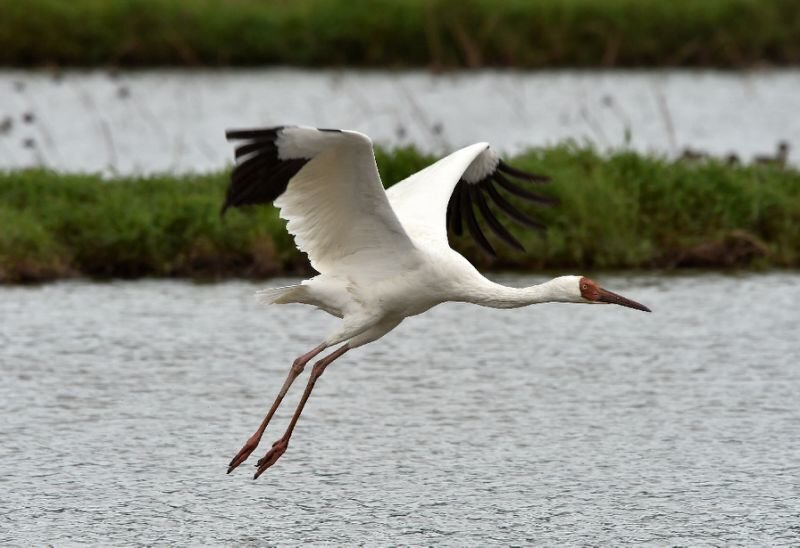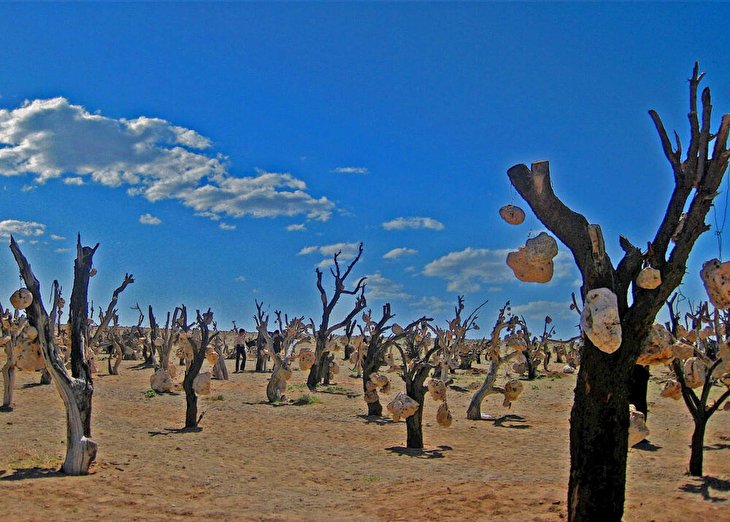
Last Siberian crane wings its way back to Iran

The eye-catching snow-white bird has been taking wing to Iran for years in the first week of the Iranian calendar month of Aban falling in the last week of October.
For the past 12 years, the Siberian Crane has been taking a two-month incredible fly of 5,000km from Uvat in western Siberia to Fereydunkenar Damgah [structures built-in rice paddies for harvesting wild ducks in autumn and winter by farmers].
According to the International Crane Foundation, the Siberian crane is critically endangered and is now only found in one main population in East Asia, with a few birds remaining in the historic Western/Central population.
Initially, two other cranes also made the same trip but they were shot, leaving a sole traveler from the western Arctic population.
Over the past two years, Omid flew to Iran 1-2 months late which made the environmentalist worried, however, this year weather conditions and sufficient food supply have made the Siberian crane return back to its wintering land one month earlier.
Korous Rabiei, Mazandaran province’s department of environment chief, said that Omid was arriving at the wetland with a delay during the past few years due to improper climate conditions, adding that his wintering trip is timely this year and is not considered early.
Highlighting that no human-caused threat is imposing on the bird, he said that everyone is taking care of the last remaining crane and any hunting or shooting is also prohibited in Fereydunkenar wetland.
He went on to say that the bird rarely leaves the wetland and permanently rests during its four-month stay, environmental lovers can see him every day.
Despite losing his couple Arezoo (meaning Wish in Persian) five years ago, he comes back to winter in the wetland every year ever since, except for two years during the past 12 years.
Siberian cranes endangered
According to the International Crane Foundation website, this critically endangered species is now only found in one main population in East Asia, with a few birds remaining in the historic Western/Central population.
The Eastern population breeds in northeastern Siberia and winters at Poyang Lake in the Lower Yangtze River Basin in China. In the Western/Central population, a single crane [Omid] continues to winter along the south coast of the Caspian Sea in Iran. This population bred just south of the Ob River in Russia.
With the height of 140 centimeters and weight of 6 kilograms, there are only 3,600 to 4,000 cranes left in the world. The Eastern population is stable, but the Western/Central population almost extirpated.
Adult cranes have red skin on forehead, face, and sides of the head, white plumage with black wingtips, and reddish-pink legs while juvenile cranes have plumage mix of white and cinnamon-brown feathers and tan head.
The oldest documented crane was a Siberian Crane named Wolf, who died at the age of 83. Wolf is in the Guinness Book of World Records.
Habitat loss, especially due to changing hydrology caused by water diversions and conversion of wetlands, illegal take including hunting, trapping and poisoning, pollution and environmental contamination is threatening this endangered species.
Source: TehranTimes















